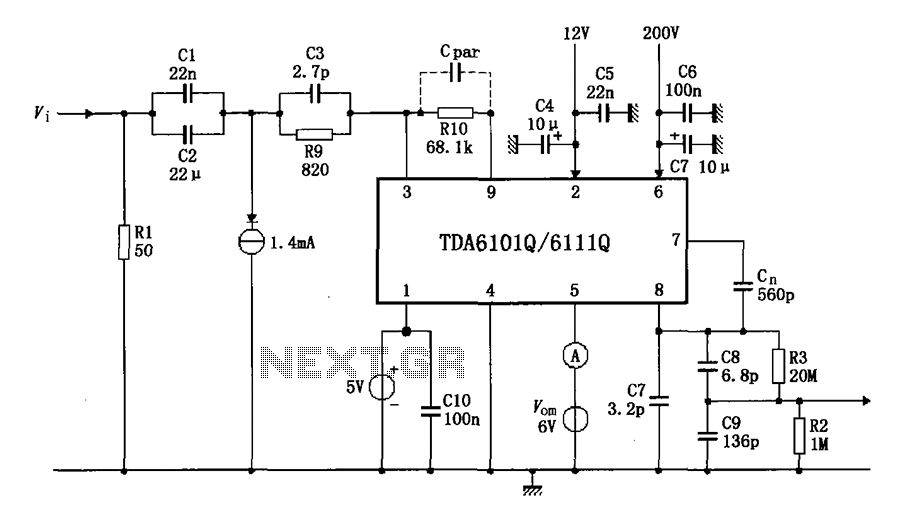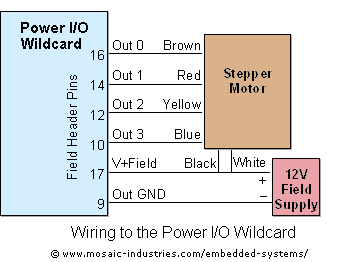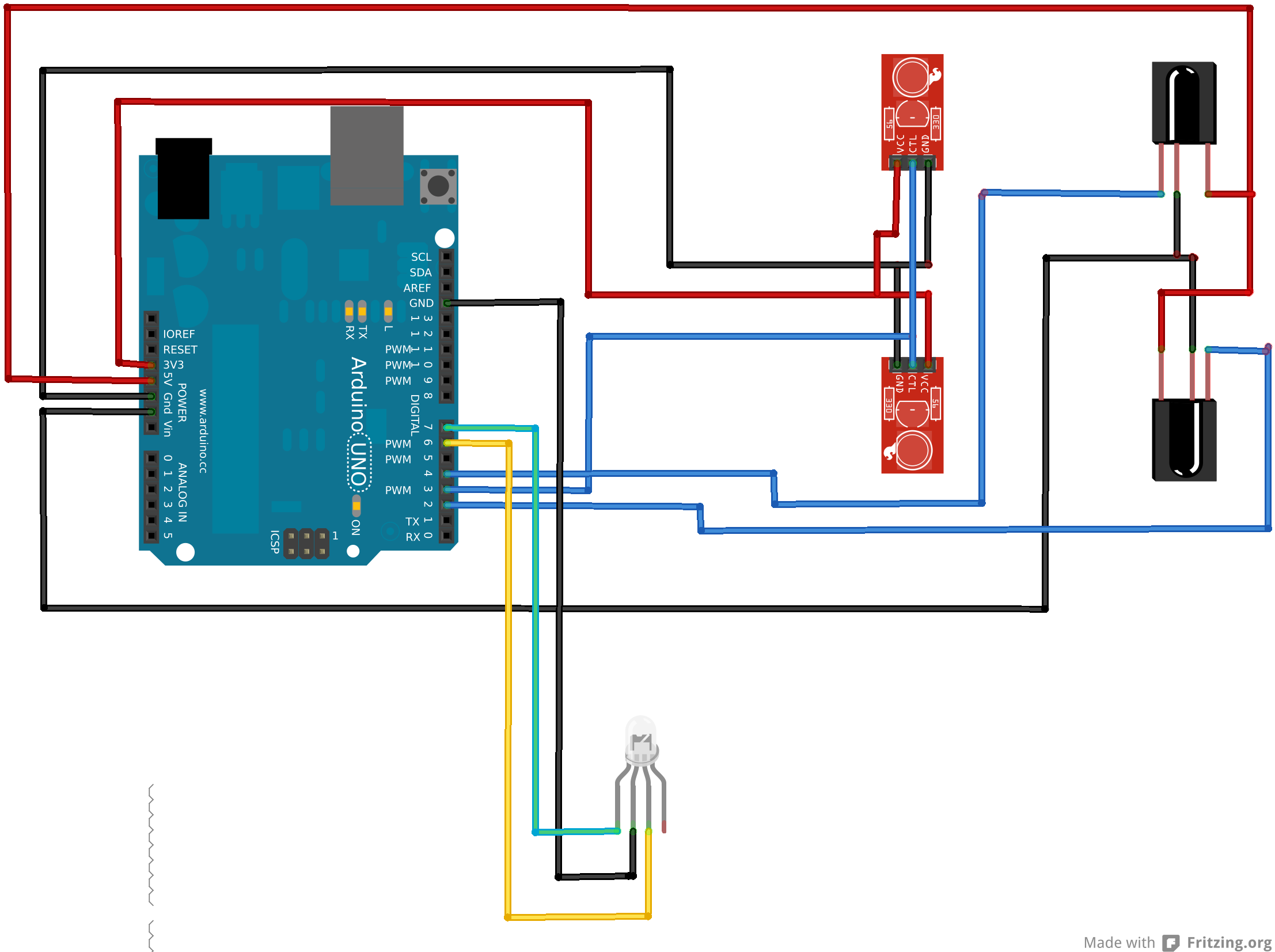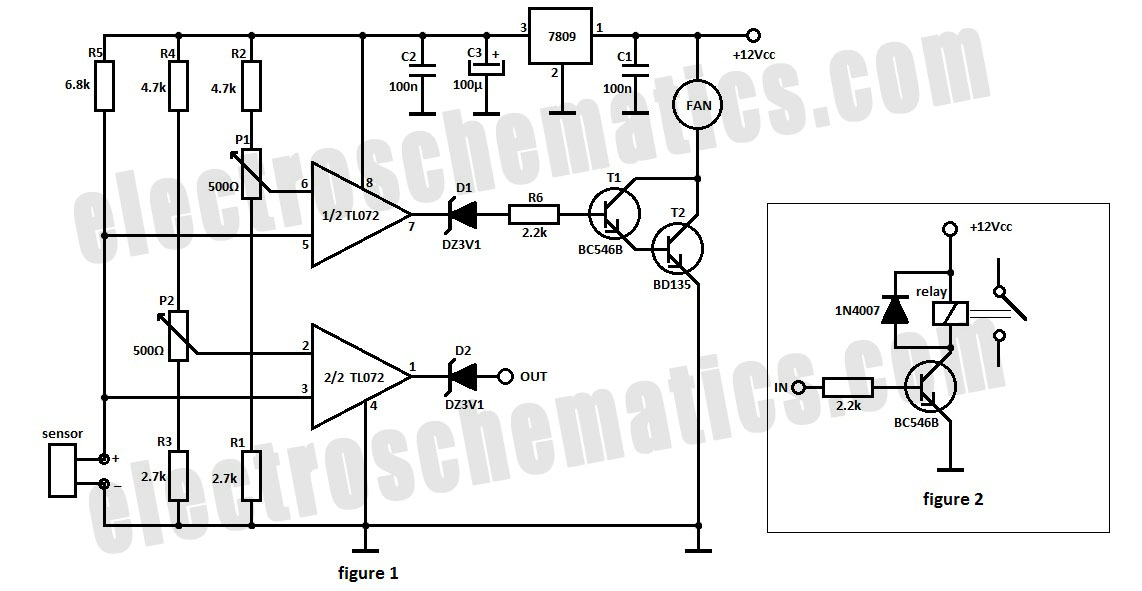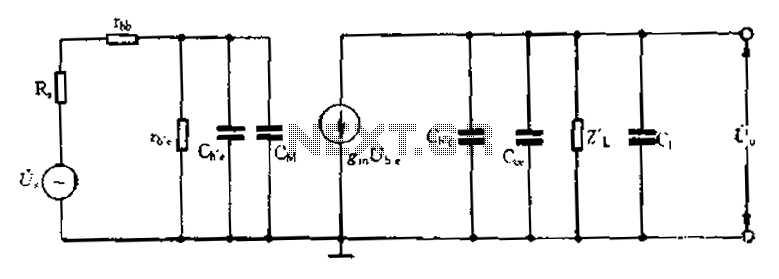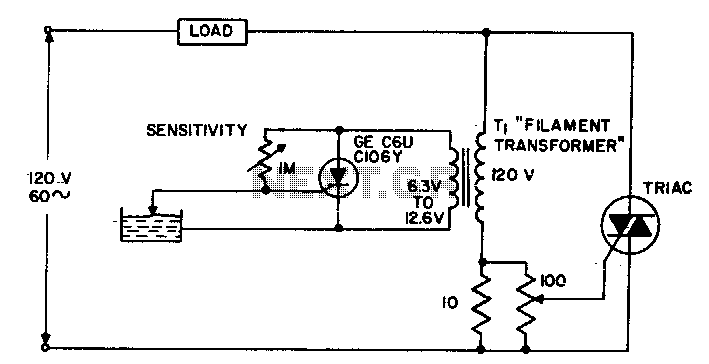
Solid state relay circuit with MOC3011 triac driver
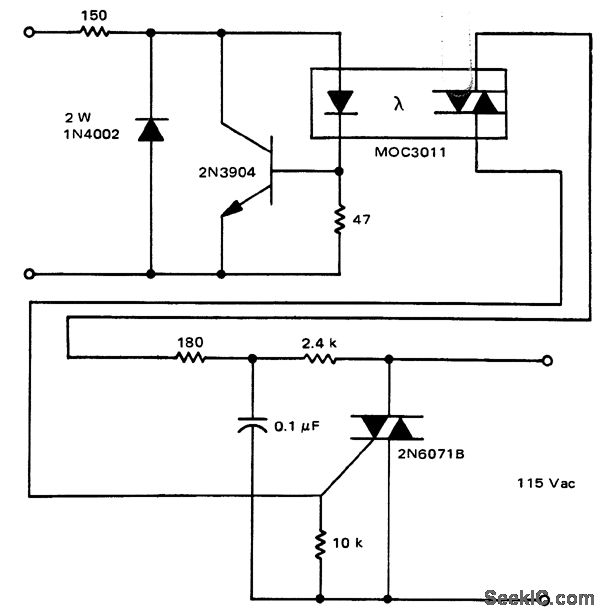
A solid-state relay circuit features an input protection mechanism utilizing the MOC3011 triac driver. The input voltage for the protection circuit can range from 3 to 30 volts DC, as noted by Motorola Semiconductor Products Inc.
The solid-state relay (SSR) circuit is designed to control high-voltage loads with low-voltage control signals, ensuring electrical isolation between the control and load circuits. The MOC3011 triac driver serves as an essential component in this configuration, facilitating the switching action of the relay while providing input protection.
The circuit operates by receiving a control signal within the specified input voltage range of 3 to 30 volts DC. Upon activation, the MOC3011 triggers the triac, allowing current to flow through the load circuit. This configuration eliminates the need for mechanical contacts, thereby enhancing reliability and longevity.
Input protection is critical in SSR applications to prevent damage from voltage spikes or transients. The circuit may incorporate additional protective elements such as diodes or transient voltage suppressors to safeguard the MOC3011 and the relay from overvoltage conditions.
The output side of the solid-state relay can handle higher voltages and currents, making it suitable for various applications, including industrial automation, lighting control, and motor control. The design ensures that the relay can handle inductive loads, which may generate back EMF during switching, potentially damaging sensitive components.
Overall, the solid-state relay circuit with the MOC3011 triac driver and input protection provides a robust solution for controlling high-power devices with low-voltage control signals while mitigating the risks associated with electrical transients.Solid-state relay circuit with input protection of the MOC3011 triac driver. The input voltage to the protection circuit can be 3 to 30 volts DC (courtesy Motorola Semiconductor Products Inc. ). 🔗 External reference
The solid-state relay (SSR) circuit is designed to control high-voltage loads with low-voltage control signals, ensuring electrical isolation between the control and load circuits. The MOC3011 triac driver serves as an essential component in this configuration, facilitating the switching action of the relay while providing input protection.
The circuit operates by receiving a control signal within the specified input voltage range of 3 to 30 volts DC. Upon activation, the MOC3011 triggers the triac, allowing current to flow through the load circuit. This configuration eliminates the need for mechanical contacts, thereby enhancing reliability and longevity.
Input protection is critical in SSR applications to prevent damage from voltage spikes or transients. The circuit may incorporate additional protective elements such as diodes or transient voltage suppressors to safeguard the MOC3011 and the relay from overvoltage conditions.
The output side of the solid-state relay can handle higher voltages and currents, making it suitable for various applications, including industrial automation, lighting control, and motor control. The design ensures that the relay can handle inductive loads, which may generate back EMF during switching, potentially damaging sensitive components.
Overall, the solid-state relay circuit with the MOC3011 triac driver and input protection provides a robust solution for controlling high-power devices with low-voltage control signals while mitigating the risks associated with electrical transients.Solid-state relay circuit with input protection of the MOC3011 triac driver. The input voltage to the protection circuit can be 3 to 30 volts DC (courtesy Motorola Semiconductor Products Inc. ). 🔗 External reference
Warning: include(partials/cookie-banner.php): Failed to open stream: Permission denied in /var/www/html/nextgr/view-circuit.php on line 713
Warning: include(): Failed opening 'partials/cookie-banner.php' for inclusion (include_path='.:/usr/share/php') in /var/www/html/nextgr/view-circuit.php on line 713
